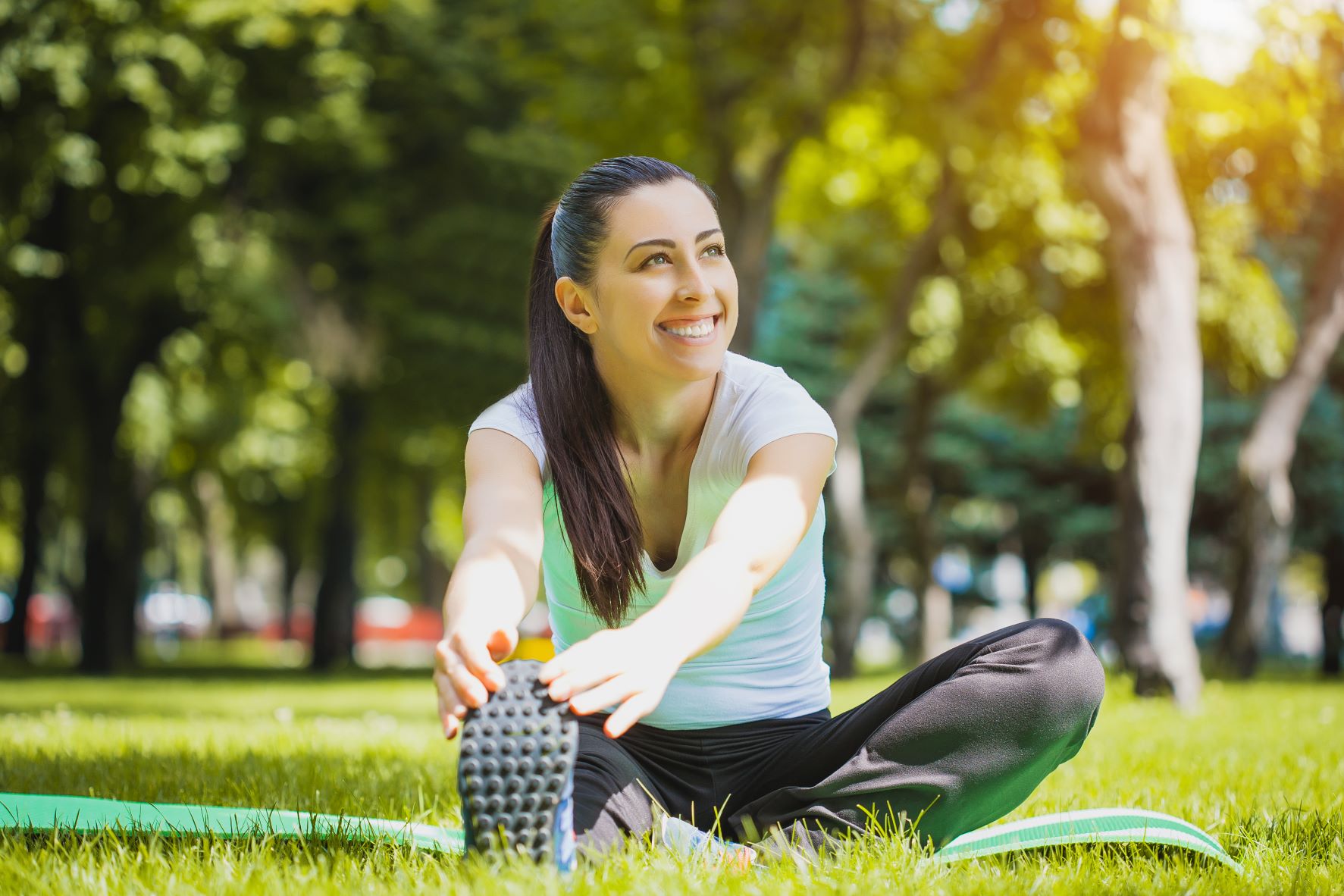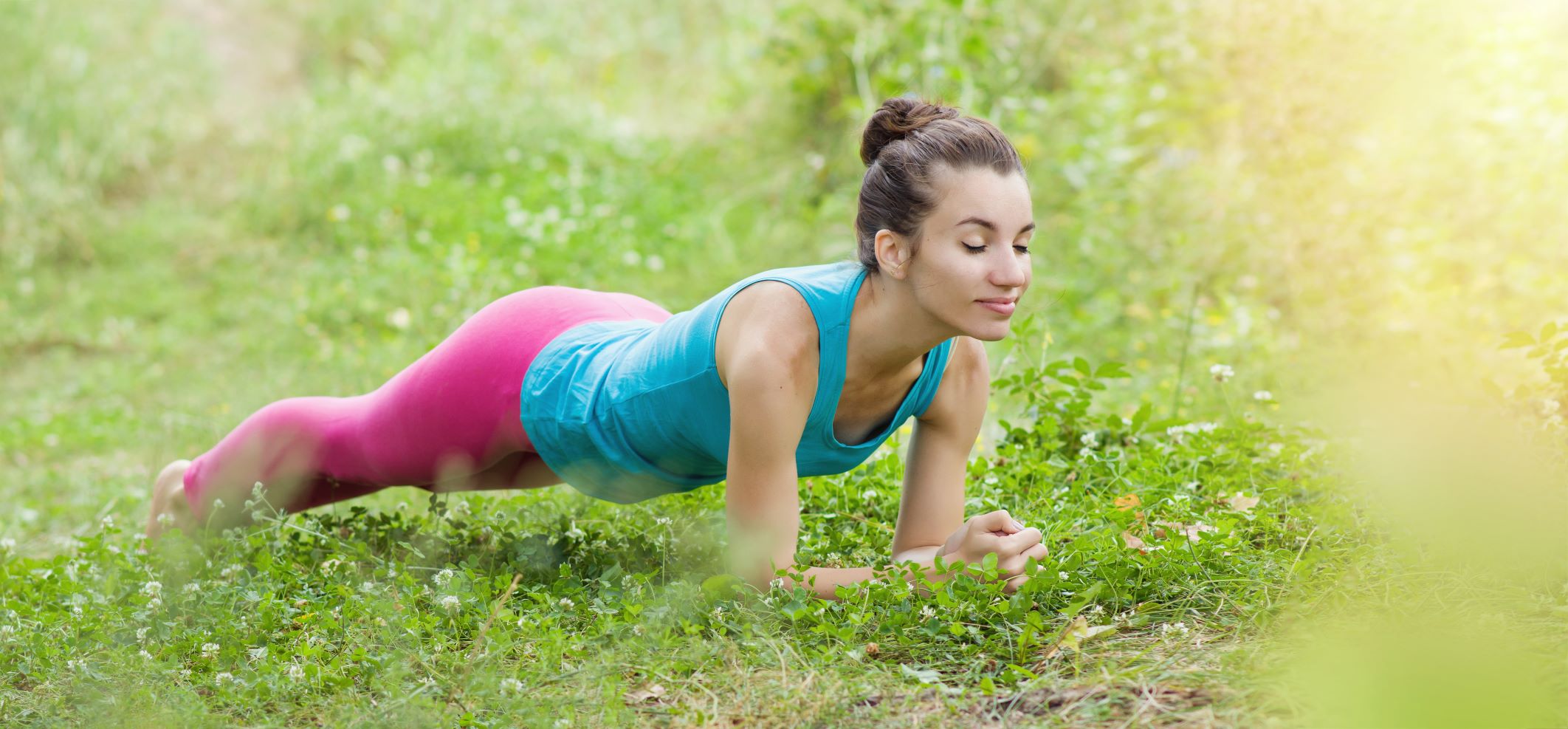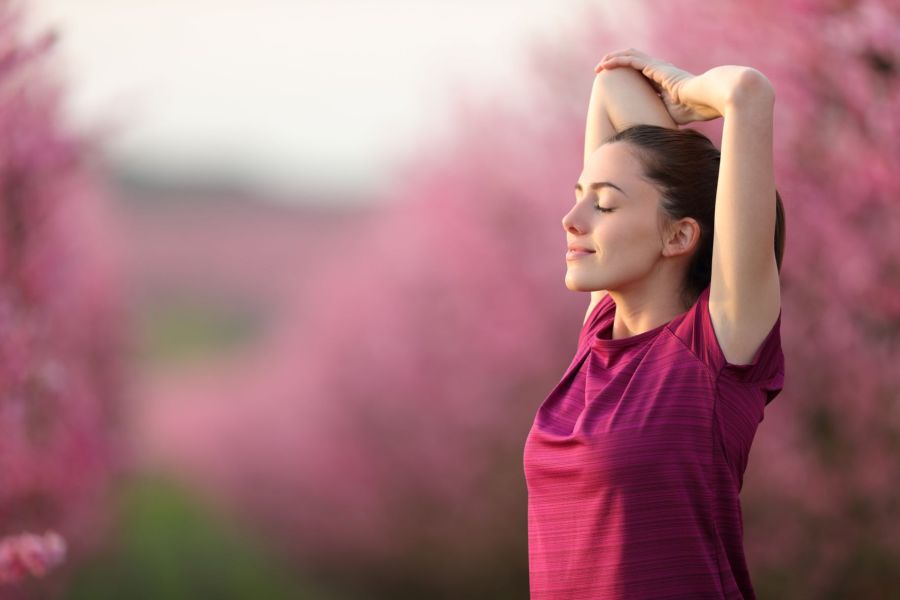From disrupting breathing and sapping energy to hindering your concentration, hayfever can add an unwanted challenge to outdoor workouts! The experts are here to reveal the best hayfever remedies to keep your outdoor workouts on track this summer…
Ever had to stop running mid-trail because streaming eyes meant you couldn’t focus on the path? Or maybe sneezing fits have challenged your balance once too often on summer bike rides? If seasonal allergies are affecting your workouts, you’re not alone. Around a third of hayfever sufferers stop enjoying outdoor workouts in summer, according to a recent poll by herbal specialists A. Vogel.
But the good news is, there’s plenty you can do to manage your symptoms and get back out there!
What’s causing my hayfever?
Pollen allergies are caused by trees, grasses or weeds, but you may also react to fungus spores or mould, depending on the season. ‘At this time of year, the immune system mistakenly assumes pollen is harmful and mounts an allergic response to remove it from the body,’ explains Dr Jay-Sheree Allen, from the Mayo Clinic in the US.
‘Sneezing, watery eyes or itchy skin are brought on by the production of certain chemicals, including histamine. And, while it’s hard to cure an allergic reaction once it has developed, there are actions you can take to lessen symptom severity and calm the immune system so it doesn’t react so badly.’
For many people, avoiding allergens, following sensible precautions and taking non-prescription medications are enough to ease symptoms. ‘If your allergies are still bothersome, see your doctor or allergy specialist for skin-prick testing or serum-specific IgE (RAST) allergy tests to help identify the trigger,’ advises Dr Allen.
‘There are several other treatments available, including allergy shots – regular injections containing tiny amounts of the substances that cause your allergies. Overtime, these injections reduce the immune system reaction that causes symptoms.’

Hayfever and fitness
When it comes to allergies impacting your fitness routines, the main thing is to plan ahead. ‘A good warm-up can help reduce allergic symptoms,’ says Katrin Schlee, Gympass personal trainer. ‘Ten minutes of dynamic stretching will optimise your readiness to engage in both strength and cardio exercise and lessen allergic symptoms.’
And if you suffer from asthma, which can be worse in summer due to higher pollen levels, it’s a good idea to factor this into your outdoovr workouts. ‘Incorporate resistance training and medium-intensity burst training [workouts that involve high-intensity intervals followed by lower-intensity exercise] into your regime, as both training modalities allow for recovery periods after short periods of exertion.’
Want to reduce your allergy symptoms so you can focus solely on your workouts? Read on to find out how…
How to ease hayfever during summer workouts
Identify your hayfever triggers
Not everyone with hayfever experiences symptoms at the same time. But, learning which plants produce pollen at which time of year can help you plan a management strategy. Grass pollen, for example, one of the most common allergens, is in season from May to September, but peaks in June and July. On the other hand, mugwort, found in wasteland and meadows, peaks in July and August (see ukallergy.com for peak pollen seasons in the UK).
Knowing your triggers will also help you identify other, related, sensitivities. ‘Investigate whether you also react to certain foods that contain proteins similar to the pollen protein,’ suggests nutritionist Sarah Carolides, head of nutrition at yourzooki.com. ‘Almost 66 per cent of people with birch pollen allergy are also allergic to plants such as apples, celery, hazelnuts, soybeans and others. So don’t assume it’s just the grass or tree pollen that is causing your problems.’
Check peak pollen count times
Reports vary as to the peak times for highest pollen counts, probably due to the fact different species are active at different times of day. ‘Ragweed counts usually peak in early midday, while grass pollen counts are higher in late afternoon and early evening,’ says Schlee.
And city dwellers can benefit from watching the clock, too. ‘If you live in an urban area, winds can carry pollen into town so that levels peak around midday,’ she adds. To manage your specific hayfever sensitivities, monitor your reactions when out and about. Then plan your outdoor workout times accordingly.
Try water-based workouts
You don’t have to miss out on outdoor workouts altogether with hayfever. However, when pollen counts are particularly high you may benefit from avoiding parks and woodlands, and opting for water-based workouts, instead. ‘Activities such as canoeing, kayaking and stand-up paddleboarding will all help to mitigate your pollen and outdoor allergen problem,’ says Schlee.
Alternatively, head to the local pool. ‘An indoor swimming pool provides humid air, which helps clear your sinuses and is gentler on your lungs,’ she adds. And don’t forget yoga and Pilates for helping you to breathe better.
Keep tabs on the weather, too, to avoid a heavy day of symptoms. If it’s particularly windy or pollen counts are high, why not do an indoor strength session instead and plan that run later in the week? Check the pollen counter on the A.Vogel website and switch up your routine or plan a more urban route if necessary.

Minimise exposure to allergens
Wear a cap, tie hair back and wear wraparound sunglasses to avoid pollen getting into your eyes. When you get back home after your training session, wash kit straight away and dry indoors, rather than on the washing line.
Wash your hands and face, too, to remove allergens. Even better, ‘take a hot steamy shower or spend 20 minutes in a steam room. This will help clear your sinuses and ease your breathing,’ says Schlee. Alternatively, rinse your nose with a saline solution.
Eat well to detox and boost gut health
You won’t see instant results, but looking after your digestion in the long term will also pay off. ‘Firstly, make sure your gut is functioning properly, as a leaky gut wall will keep the immune system on high alert,’ explains Carolides.
‘Embark on a good detoxification diet. Then, make sure you are eating loads of antioxidant-rich foods that feed your immune-balancing regulatory T-cells. Some of the stars include red, ripe strawberries, fresh parsley, green or oolong tea, spinach, asparagus and sweet potatoes’. You might want to cut down on wine and spirits, too, as alcohol contains histamine.
Best hayfever remedies for summer workouts
Help minimise hayfever symptoms during outdoor summer workouts with these natural remedies…

Vitamin C Zooki (1,000mg), £22.49 for 14 sachets
Vitamin C has been shown to reduce histamine production. Add to water, smoothies and food, or drink straight from the sachet – perfect for on-the-go.

A. Vogel Pollinosan Eye Drops, £12.99
Soothe red and itchy eyes with chamomile and hyaluronic acid (from a vegetable source). So gentle it’s even suitable for contact lens wearers.

Hay-Band, £11.99
Based on the principles of acupuncture, this band applies pressure to the acupuncture point LI-11, which is on the large intestine meridian and associated with the lungs. Wear on either arm, or on both if symptoms are acute.

Organic Pharmacy Mixed Pollen & Grasses, £12.95
A combination of homoeopathic remedies, including eyebright and histamine, ease itchy eyes, nose and throat, streaming eyes, runny nose and sneezing fits. Our tester got lasting results after just two uses!

HayMax Aloe Vera, £8.49
Independent studies show HayMax traps a third of pollen before it enters the body. Rub it around the rim of nostrils and bones of the eyes before heading out to exercise.
Words: Eve Boggenpoel | Images: Shutterstock







